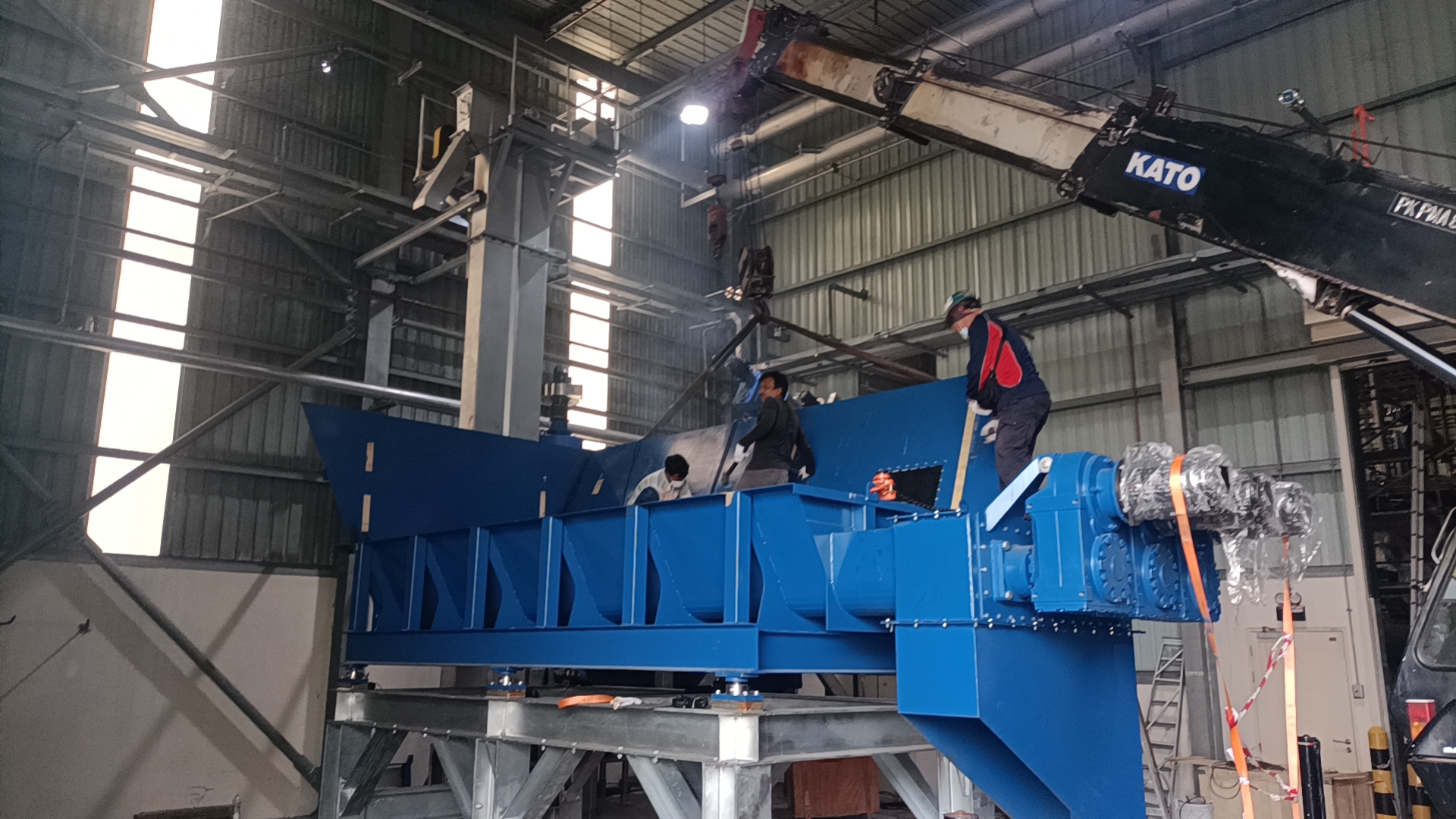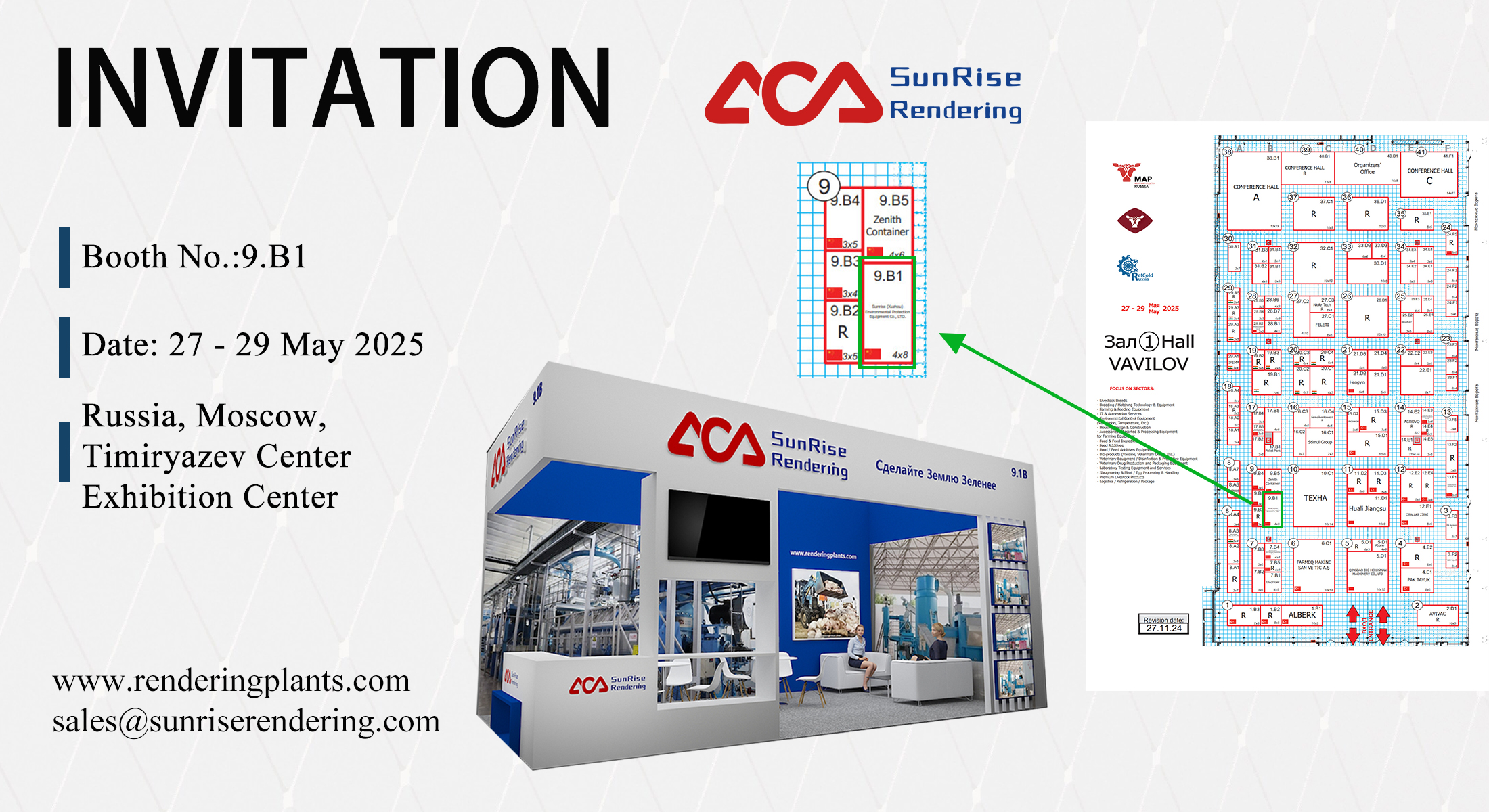
Rendering Factory: Guide To Choosing The Right Machines For You
Rendering Factory: Guide To Choosing The Right Machines For You
Rendering is a complex process that requires a lot of computational power. Render farms have become the go-to solution for individuals and companies looking to speed up their rendering workflows. However, not all render farms are created equal, and choosing the right machines for your needs can be challenging. In this blog post, we’ll explore the different types of render machines available, Rendering Factory and provide guidance on how to select the right one for you.
Factors to Consider When Choosing Render Machines from Rendering Factory
Animal rendering plants are facilities that process animal by-products such as fat, bone, and protein into useful products such as animal feed, fertilizer, and biofuels. These by-products are generated from animal processing facilities such as slaughterhouses, meat packing plants, and poultry processing facilities.
Rendering plants play a vital role in the food industry by ensuring that the by-products generated from animal processing facilities are not wasted but are instead turned into useful products. They also play a significant role in environmental sustainability by preventing the disposal of animal by-products in landfills, which can lead to environmental pollution.
If you are considering setting up an animal rendering plant, you need to choose the right machines for your operation. In this blog, we will discuss the different machines required for a sunrise rendering plant machine.
How To Choose The Right Type Of Rendering Machine?
When choosing machines for your animal rendering plant, it is important to consider several factors such as the type of animal by-products you will be processing, the volume of materials you will be processing, and the desired end products.
The following are some of the machines that you may need for your animal rendering plant:
1. Crushers and Grinders
Crushers and grinders are essential machines for reducing the size of animal by-products such as bones, meat, and fat. These machines help to break down the materials into smaller particles that can be processed more efficiently. Crushers and grinders are available in different sizes and capacities, and you need to choose one that can handle the volume of materials you will be processing.
2. Cookers
Cookers are used to heat animal by-products to high temperatures, which helps to break down the materials and extract the fat and protein. The cooked materials are then ready for further processing. Cookers are available in different types such as batch cookers, continuous cookers, and pressure cookers, and you need to choose one that is suitable for your operation.
3. Dryers
Dryers are used to remove moisture from the cooked materials, which helps to preserve the quality of the end product. The dried materials can then be processed further into animal feed, fertilizer, or biofuels. Dryers are available in different types such as belt dryers, fluidized bed dryers, and rotary dryers, and you need to choose one that is suitable for your operation.
4. Separators
Separators are used to separate the fat, protein, and other components of the animal by-products. This helps to create different end products such as tallow, protein meal, and bone meal. Separators are available in different types such as centrifugal separators and belt presses, and you need to choose one that is suitable for your operation.
5. Storage Tanks
Storage tanks are used to store the end products such as animal feed, fertilizer, and biofuels. These tanks need to be durable and able to withstand the corrosive nature of some of the end products. You also need to choose a tank size that is suitable for your operation.
Setting up an animal rendering plant requires careful consideration of the machines required for the operation. The machines discussed in this blog are just a few of the essential machines needed for a sunrise rendering plant machine. It is important to consult with experts in the industry to ensure that you choose the right machines for your specific operation.
How Does a Rendering Factory Work?
Animal rendering factories play an important role in the efficient and sustainable use of animal by-products. By converting these materials into useful products, rendering factories help to reduce waste and support the production of a variety of products.
The rendering process involves several stages, including collection, preparation, cooking, separation, and final processing. Each stage is carefully managed to ensure the quality and safety of the final products.
1. Collection
The first stage in the rendering process is the collection of animal by-products. These can include:
* Meat and bone meal
* Poultry meal
* Blood meal
* Feather meal
* Animal fat
* Used cooking oil
These materials are collected from a variety of sources such as slaughterhouses, meat processing plants, restaurants, supermarkets, and farms. The materials are transported to the rendering factory in sealed containers to prevent contamination.
2. Preparation
Once the materials arrive at the rendering factory, they are unloaded and sorted to remove any foreign materials such as rocks, metal, or plastic. The materials are then ground or shredded to reduce their size and increase their surface area. This makes it easier to extract valuable materials during the rendering process.
3. Cooking
The next stage in the rendering process is cooking. The ground or shredded materials are loaded into large steam-heated vessels called digesters. The materials are cooked at high temperatures and pressures for several hours. This process breaks down the proteins and fats into smaller molecules and separates them from the solid materials.
The liquid that is produced during cooking is known as “rendering broth”. This broth contains fats, proteins, and minerals that are used in a variety of products such as animal feed, pet food, and biofuels.
4. Separation
After cooking, the mixture of solids and liquids is separated using a centrifuge. This process separates the fats and oils from the solids. The fats and oils are then further processed to remove any impurities and increase their purity.
The solids that remain after separation are known as “meat and bone meal” or “feather meal”. These materials are used as a source of protein in animal feed.
5. Final Processing
The final stage in the rendering process involves the processing of the different materials into their final form. The fats and oils are refined and purified to remove any remaining impurities. These materials are then used in a variety of products such as animal feed, pet food, and biodiesel.
The meat and bone meal and feather meal are dried and ground into a fine powder. These materials are then packaged and sold as a source of protein for animal feed.
Concluding Remarks
Sunrise Rendering Plant Machine is a complete design and manufacture of machines for the rendering industry. Sunrise Rendering Plant Machine with high capacity, large machine, automatic control, and low energy consumption.



